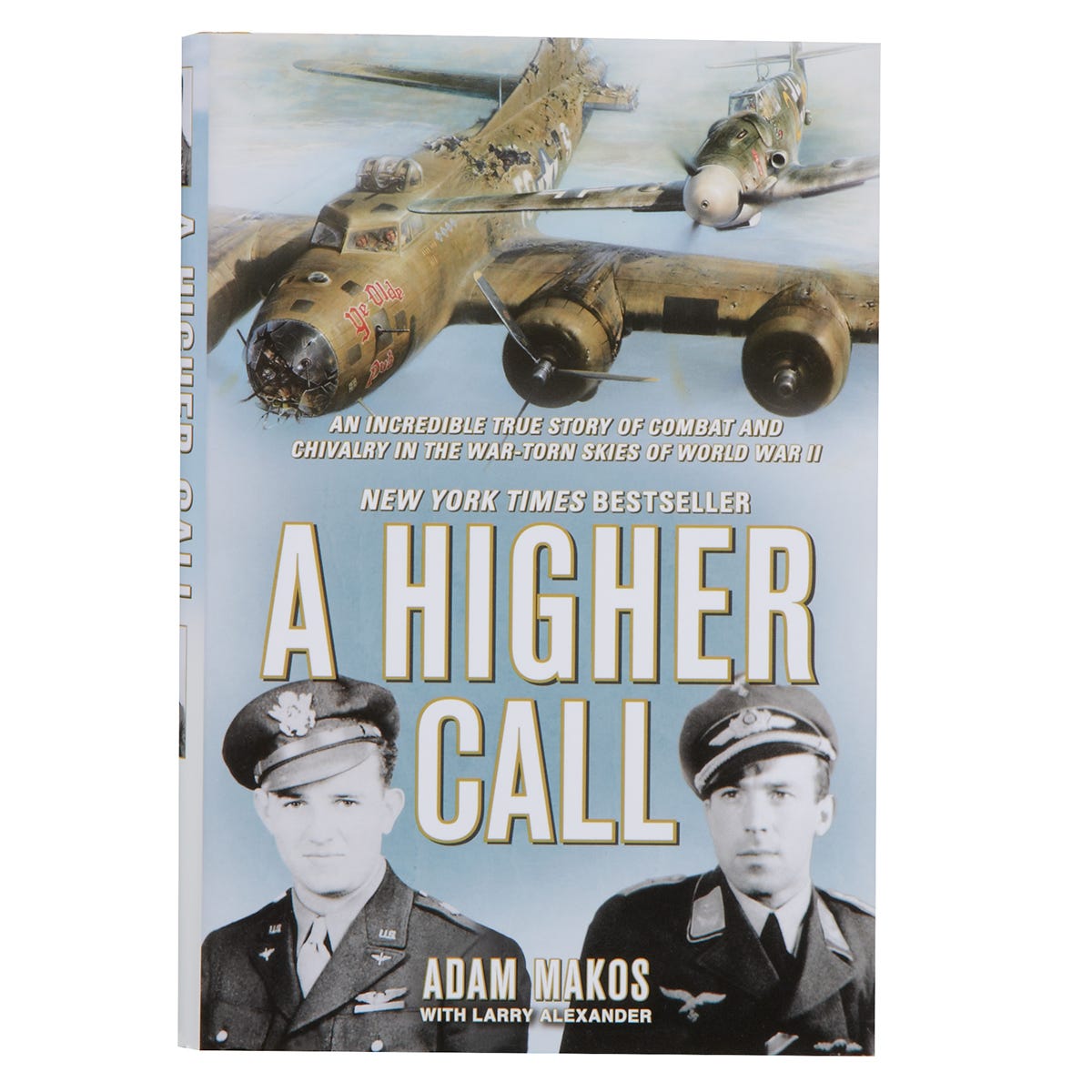

Then, after a vain attempt at communication, he saluted the Americans and left them to whatever fate lay in store for them. His presence protected the B-17 from German anti-aircraft gunners on the coast.

I will not have this on my conscience for the rest of my life.”įor almost 10 minutes Stigler flew in formation with the bomber.

He also spotted a ball turret gunner with frozen guns who was wondering,“What are you waiting for?” Unknown to the Americans, Stigler’s thoughts of an earlier war he’d fought over North Africa inspired the answer: “This will be no victory for me. He saw crewmen inside tending to one another’s wounds. Instead of finishing off the doomed bomber, however, Lieutenant Franz Stigler of II Gruppe, Jagdgeschwader 27, flew alongside, surveying the damage and wondering how the plane could still be flying. On December 20, 1943, a shot-up Boeing B-17F of the 379th Fighter Group, Eighth Air Force, limping back from a raid on Bremen on one good engine and two rough-running ones, its tail gunner dead, the Plexiglas nose blown open and one of the horizontal stabilizers torn off, was approaching the North Sea when a Messerschmitt Me-109G-6 caught up with it. By the middle of World War II, with bombers demolishing cities and killing thousands, aerial combat was fought in deadly earnest, with the elimination of the enemy a matter of duty and sparing his life a secondary consideration at best.Ī Higher Call chronicles a remarkable exception to that rule. It manifested itself in a form of mutual chivalry during World War I, but as the airplane matured as a weapon, those sentiments were at odds with the practical realties of combat. Aviation History Book Review: A Higher Call CloseĪ Higher Call: An Inspirational True Story of Combat and Chivalry in the WarTorn Skies of WWIIīy Adam Makos with Larry Alexander, Berkley-Caliber, New York, N.Y., 2012, $26.95įrom aviation’s formative years there has always been a feeling of fraternity among aviators.


 0 kommentar(er)
0 kommentar(er)
